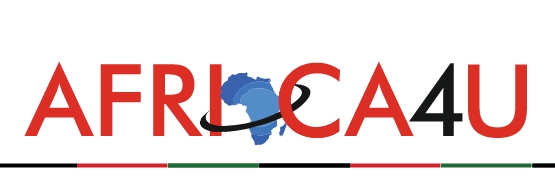(5 minute read)
- Mauritian exporters reported up to 40% of their orders being cancelled due to the global Covid pandemic, denting their revenue flows
- Figures indicate that the drop in exports is not all due to Covid-19. For the last few years, exports were under heavy strain
- The other export item was textiles, which is also the country’s largest export item. With termination of the global Multi-Fibre Agreement in 2005, the country’s textiles export lost its sheen
Mauritian exporters reported up to 40% of their orders being cancelled due to the global Covid pandemic, denting their revenue flows. Figures indicate that the drop in exports is not all due to Covid-19. For the last few years, exports were under heavy strain.
Sugar, has been the Island’s major exporting item. The country has seen prices for its sugar plummet after the discontinuation of a preferential trade agreement with the EU. This forced large sugar manufacturers to diversify into energy production, specialty sugar and rum, while small sugar planters have increasingly abandoned their fields, leaving some additional 2,000 hectares of land used to grow cane. The share of sugar to the country’s GDP in 1970’s used to be 20% of the Mauritian economy, which now plummeted to less than 5%.
The other export item was textiles, which is also the country’s largest export item. With termination of the global Multi-Fibre Agreement in 2005, the country’s textiles export lost its sheen. That led to closure of a number of textile export firms. The only reliable window for exports is the African Growth and Opportunity Act (AGOA) being implemented by the US. Given the uncertainty on the extension of W AGOA, which will expire in 2025, there is a big question mark on textile exports. The tuna fishing, which used to bring in foreign exchange is caught up in the environmental issues due to overfishing of yellowfin tuna in the Indian Ocean
In the meantime, the country’s Look East Policy is giving some apparent dividend. It is now striking a balance between India and China in its diplomatic, economic and strategic relations. Both countries have invested money for infrastructure in recent years driven by their respective strategic interests. Beijing has helped in setting up a dam project, drain works, social housing, a new building for the state television broadcaster, donated new buses and most recently lent money for Mauritius’ Safe City project.
India has been helping to finance the Metro Express project linking the capital, Port Louis, with the town of Curepipe, a new Supreme Court building and health infrastructure. Interestingly both countries have free trade agreements with the island nation. It is estimated that the trade pact with China alone would bring an additional US$283m into annual export earnings and help offset the massive trade imbalance between Mauritius and the two Asian giants. India is also focusing on investment in the country particularly in the services sector, which analysts feel would help the fragile economy to bounce back.





